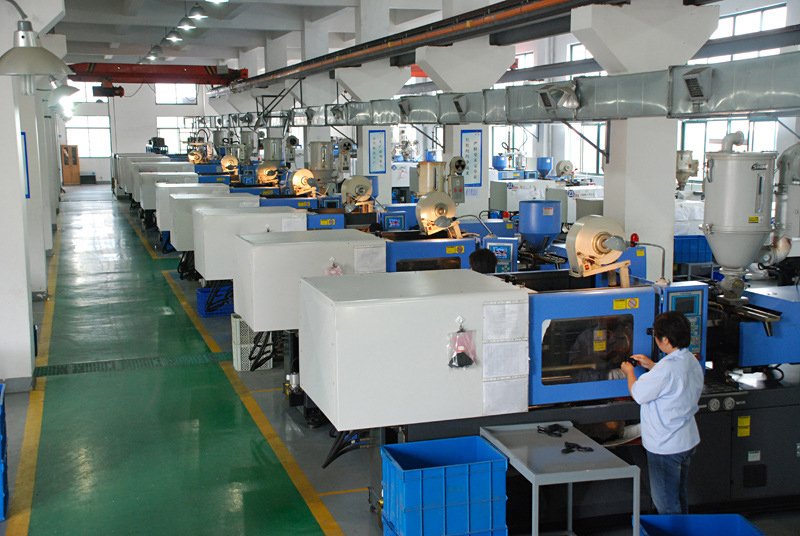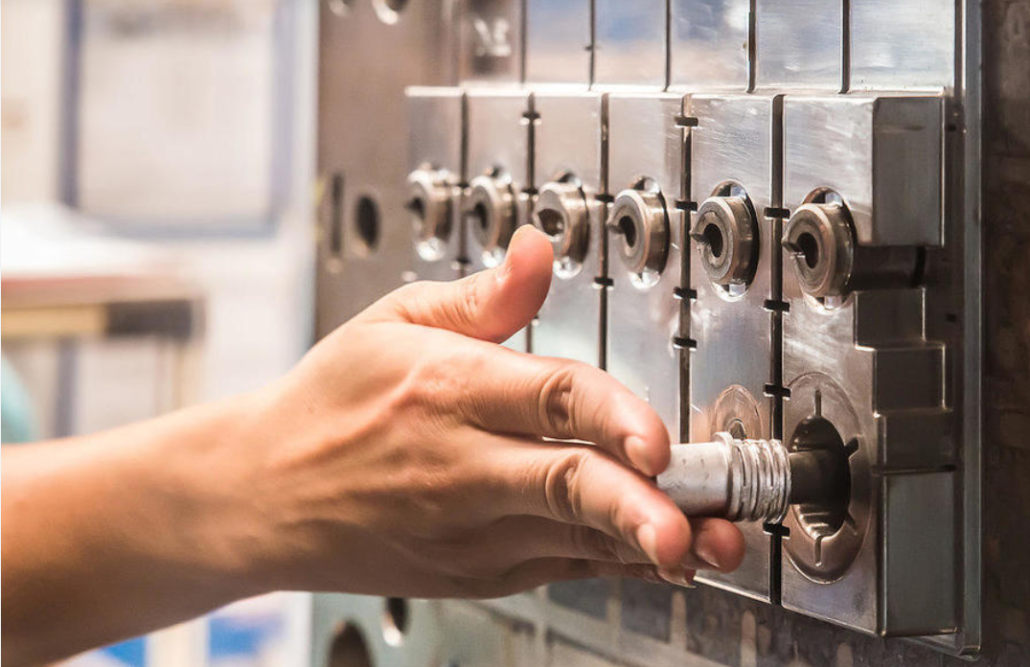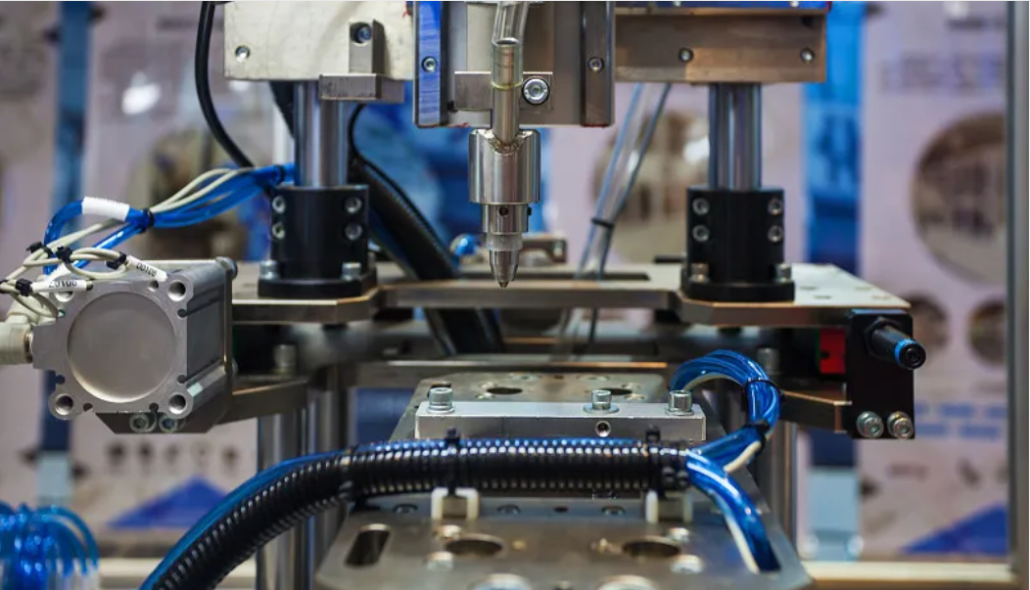Feedstock metal injection molding is a cutting-edge manufacturing process that has gained popularity over the years for its ability to produce complex metal parts with remarkable precision and accuracy. With the advancement of technology, metal injection molding has become a cost-efficient, eco-friendly, and versatile option for metal part production.
In this article, we’ll dive into the world of feedstock metal injection molding, exploring everything from its history to its benefits and limitations, to help you understand the intricacies of the process.

The Evolution of Feedstock Metal Injection Molding
Feedstock metal injection molding was initially developed in the 1970s as a means of combining the benefits of plastic injection molding with the strengths of powder metallurgy. This injection molding process involves the creation of a feedstock, which is a mixture of metal powder and a thermoplastic binder.
The feedstock is subsequently injected into a mold under high pressure and temperature. The binder is removed via debinding, and the part is sintered in a furnace to attain fully dense metal components.
Benefits of Feedstock Metal Injection Molding
One of the most prominent advantages of metal injection molding is its ability to produce complex shapes, geometries, and microstructures that can’t be achieved with other manufacturing methods. This aspect of metal injection molding is particularly useful in industries such as aerospace, automotive, jewelry, and medical, where intricate parts are required.

Moreover, metal injection molding is also known for its excellent surface finish, high dimensional accuracy, and strength, making it an ideal manufacturing process for high-performance parts.
Additionally, metal injection molding utilizes less material than other manufacturing processes, which is an excellent advantage from an ecological and economic standpoint. The process is also adaptable to a wide range of materials, including stainless steel, nickel alloys, titanium, and ceramics, to mention a few.
Limitations of Feedstock Metal Injection Molding
Despite the many advantages, metal injection molding comes with some limitations that you should be aware of. Firstly, the process is relatively slow compared to other manufacturing methods, which makes it unsuitable for large-scale production.
Additionally, the cost of producing a mold for feedstock metal injection molding is relatively high, which can make it cost-ineffective for low-volume production runs.
Feedstock metal injection molding is a revolutionary and versatile manufacturing process that has gained a reputation for producing complex metal parts with high accuracy and precision. However, it does come with some limitations that should be considered before engaging in the process.

In conclusion, feedstock metal injection molding has vast potential for use in a wide range of industries, from automotive and aerospace to medical and consumer products. If you’re planning to manufacture intricate metal parts, feedstock metal injection molding is definitely worth considering.
We hope this informative and persuasive guide to feedstock metal injection molding has helped you gain a better understanding of the process.


